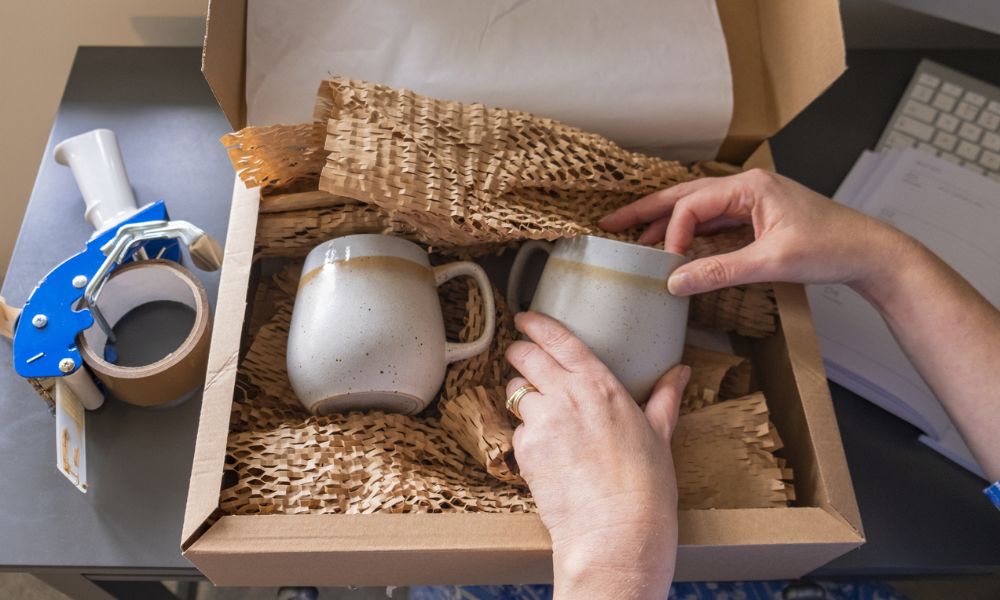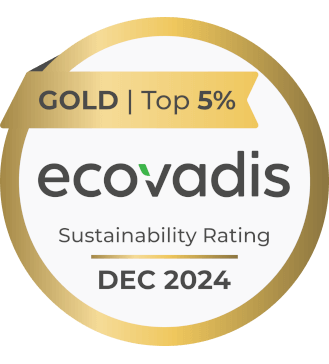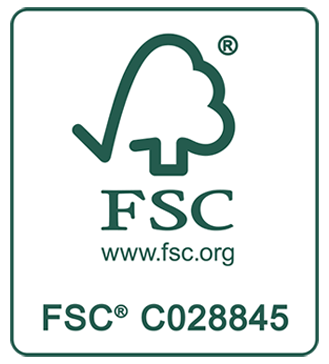
In the rapidly evolving world of packaging, embracing sustainable practices has never been more crucial. However, sustainability goes beyond simply using recyclable materials. It encompasses a more holistic approach to packaging design and execution, focusing on reducing environmental footprints at every stage.
This is where the three C’s come into the picture. So what are the three C’s of sustainable packaging? They are cube, content, and curb. Continue reading to delve into these three integral aspects, getting insights into how you can effectively implement them to achieve truly sustainable packaging solutions this year.
Cube: The First Building Block of Sustainable Packaging
The term “cube” in sustainable packaging refers to the physical size and shape of the package. The goal here is to create a design that is as compact and lightweight as possible, using the minimum amount of material necessary to protect and contain the product. Minimalist packaging is a good example of this effort.
The cube concept is all about making corrugated packaging efficient and minimizing waste. By reducing the package size, we save on materials and optimize transportation and storage. Smaller, more compact packages mean more products can fit in a single transportation unit, reducing the number of trips required and CO2 emissions.
“Content” is the second principle of the three C’s, focusing on the packaging material itself. This involves using renewable, recycled, or biodegradable materials in corrugated packaging and other packaging configurations to ensure minimal environmental impact. Utilizing recycled content or sourcing materials from responsibly managed forests can significantly contribute to sustainability.
Equally important is the use of biodegradable materials, which, unlike their counterparts, can break down naturally without leaving harmful residues. By prioritizing such content, we can reduce the strain on our natural resources and promote a circular economy where materials are not merely discarded after use. Instead, we can reuse or return them to the environment safely.
Curb: The Final Stage of Sustainable Packaging
“Curb” is the third and final principle of the three C’s, focusing on what happens to packaging once it has served its purpose. The curb principle emphasizes the importance of designing packaging we can efficiently recycle or compost. This minimizes the chance that packaging ends up in a landfill. To curb waste, we must design solutions that are derived from recycled materials and are easy to recycle or compost after use.
The three C’s of sustainable packaging offer a detailed framework for guiding sustainable practices in the packaging industry. By considering the packaging’s size, shape, materials, and recyclability, we can work toward a more sustainable future.



